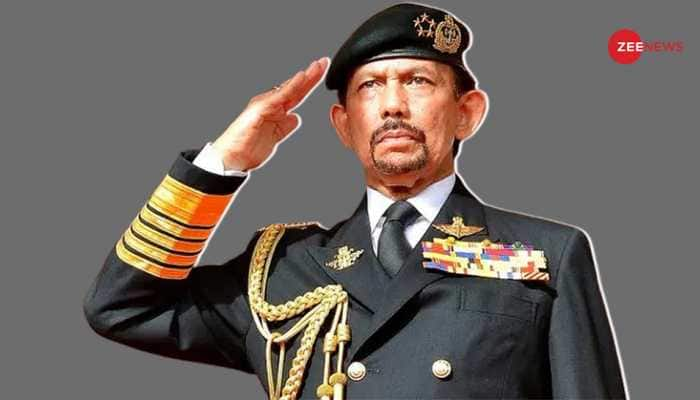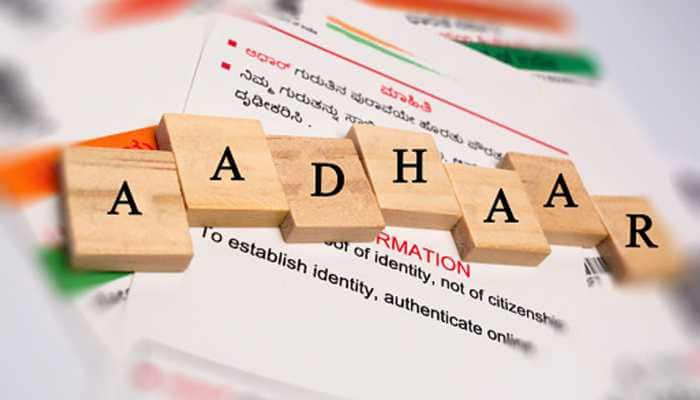Budget 2018: All you want to know about Union Budget
Ending a a colonial-era prictice, Finance Minister Arun Jaitley will present the Union Budget 2018-19 on first day of February.
Trending Photos
)
New Delhi: Ending a a colonial-era prictice, Finance Minister Arun Jaitley will present the Union Budget for the financial year 2018-19 on first day of February.
The advancement of the date, which came to practice last year, is to ensure the Finance Bill is passed in the first half of the Budget session than to spill over to the second half after recess.
The practice of separate railway budget presentation was also scrapped last year. The railway estimates is now a part of the Union budget.
A separate Budget for Railways has been presented to Parliament since 1924 even though neither the Constitution nor legal requirements call for a separate Budget.
With the merger of the Railway Budget there would be a single Budget which would holistically depict the financial position of the Government of India.
As part of a major overhaul of the budget process, the Modi government had also decided to do away with classifications of expenditure into Plan and non-Plan, making the exercise simpler.
After the abolition of the Planning Commission, the relevance of plan and non-plan expenditure is lost -- and a better indicator of productive and general expenditure will be a distinction under the heads of revenue and capital.
Budget accounts for the Government’s revenue and expenditure during a fiscal year. And here is a look at what the Union Budget is all about.
The dictionary meaning of budget is a systematic plan for the expenditure of a usually fixed resource during a given period.
Thus, Union Budget, which is a yearly affair, is a comprehensive display of the Government’s finances. It is the most significant economic and financial event in India. The Finance Minister puts down a report that contains Government of India’s revenue and expenditure for one fiscal year. The fiscal year runs from April 01 to March 31.
The Union budget is preceded by an Economic Survey which outlines the broad direction of the budget and the economic performance of the country.
The Budget is the most extensive account of the Government`s finances, in which revenues from all sources and expenses of all activities undertaken are aggregated. It comprises the revenue budget and the capital budget. It also contains estimates for the next fiscal year called budgeted estimates.
What is revenue budget?
The revenue budget consists of revenue receipts of the government (revenues from tax and other sources) and the expenditure met from these revenues.
Revenue receipts are divided into tax and non-tax revenue. Tax revenues are made up of taxes such as income tax, corporate tax, excise, customs and other duties which the government levies. Non-tax revenue consist of interest and dividend on investments made by government, fees and other receipts for services rendered by Government.
Revenue expenditure is the payment incurred for the normal day-to-day running of government departments and various services that it offers to its citizens. The government also has other expenditure like servicing interest on its borrowings, subsidies, etc.
Usually, expenditure that does not result in the creation of assets, and grants given to state governments and other parties are revenue expenditures.
However, all grants given to state governments and other parties are also clubbed under revenue expenditure, although some of them may go into the creation of assets.
The difference between revenue receipts and revenue expenditure is usually negative. This means that the government spends more than it earns. This difference is called the revenue deficit.
What is a capital budget?
It consists of capital receipts and payments. The main items of capital receipts are loans raised by Government from public which are called Market Loans, borrowings by Government from Reserve Bank and other parties through sale of Treasury Bills, loans received from foreign Governments and bodies and recoveries of loans granted by Central Government to State and Union Territory Governments and other parties.
Capital payments consist of capital expenditure on acquisition of assets like land, buildings, machinery, equipment, as also investments in shares, etc., and loans and advances granted by Central Government to State and Union Territory Governments, Government companies, Corporations and other parties.
Capital Budget also incorporates transactions in the Public Account.
What are direct taxes?
These are the taxes that are levied on the income of individuals or organisations. Income tax, corporate tax, inheritance tax are some examples of direct taxation.
Income tax is the tax levied on individual income from various sources like salaries, investments, interest etc.
Corporate tax is the tax paid by companies or firms on the incomes they earn.
What are indirect taxes?
These are the taxes paid by consumers when they buy goods and services. However Goods and Services Tax (GST), the biggest taxation reform since Independence, which was rolled out on July 2017, has subsumed central excise, service tax, Value Added Tax (VAT) and other local levies.
What is fiscal policy?
Fiscal policy is a change in government spending or taxing designed to influence economic activity. These changes are designed to control the level of aggregate demand in the economy. Governments usually bring about changes in taxation, volume of spending, and size of the budget deficit or surplus to affect public expenditure.
What is a fiscal deficit?
This is the gap between the government`s total spending and the sum of its revenue receipts and non-debt capital receipts. It represents the total amount of borrowed funds required by the government to completely meet its expenditure.
What is the Finance Bill?
The proposals of the Government for levy of new taxes, modification of the existing tax structure or continuance of the existing tax structure beyond the period approved by Parliament are submitted to Parliament through the Finance Bill.
The Budget documents presented in terms of the Constitution have to fulfil certain legal and procedural requirements and hence may not by themselves give a clear indication of the major features of the Budget.
To facilitate an easy comprehension of the Budget, certain explanatory documents are presented along with the Budget.
Stay informed on all the latest news, real-time breaking news updates, and follow all the important headlines in india news and world News on Zee News.
Live Tv







)
)
)
)
)
)
)
)
)
)
